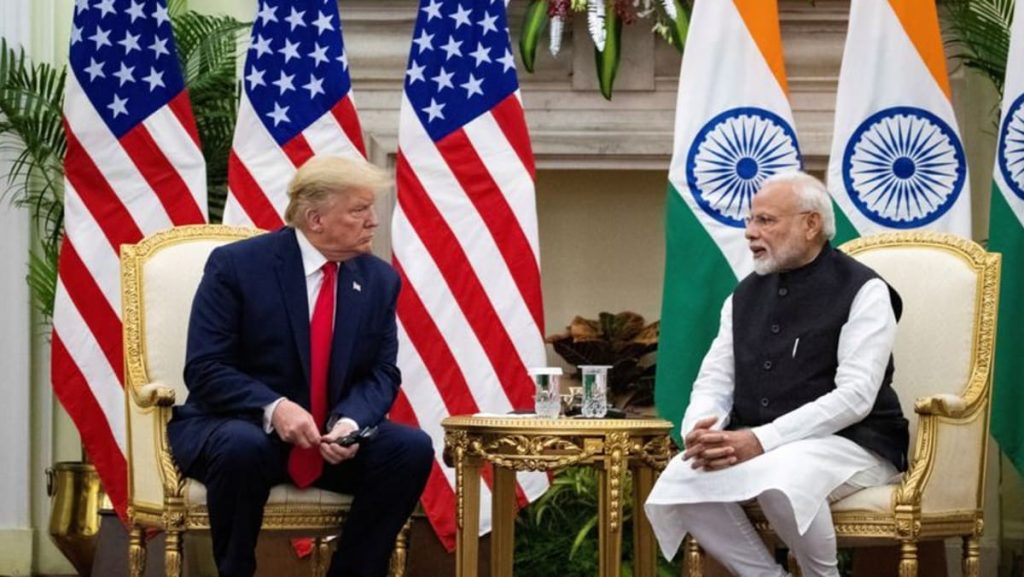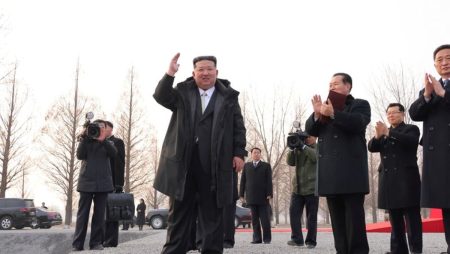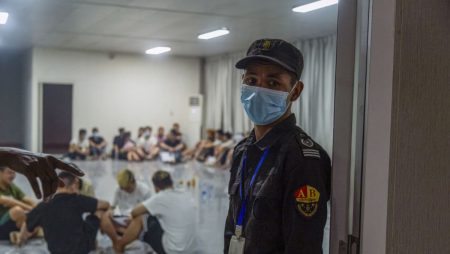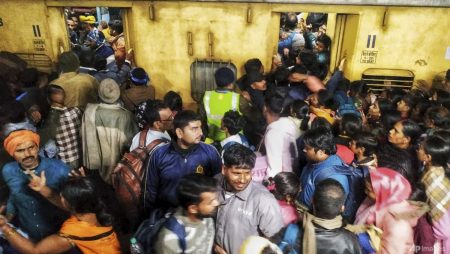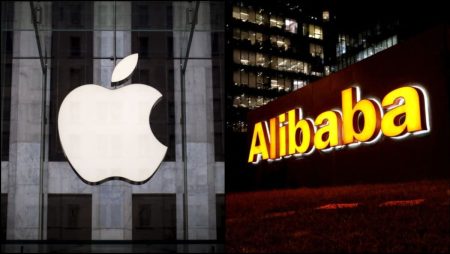India’s Strategic Outreach: Modi Prepares for Critical Talks with Trump Amid Trade Tensions
A Diplomatic Visit with Economic undertones
Indian Prime Minister Narendra Modi is gearing up for a crucial visit to the United States, scheduled for Wednesday, February 12, and Thursday, February 13. This trip comes at a time when trade relations between the two nations are under heightened scrutiny. Government officials have revealed that Modi is considering additional tariff cuts across multiple sectors to bolster American exports to India. This move is strategically timed ahead of his meeting with U.S. President Donald Trump, as both leaders aim to navigate the complexities of their trading relationship and avoid a potential trade war.
The backdrop of this visit is particularly significant. President Trump has been vocal about reshaping global trade dynamics to favor the United States, and his administration has been exploring reciprocal tariffs on various countries. While Trump has not yet specified which nations will be impacted, his prior comments have made it clear that India is under scrutiny. Trump has labeled India a "very big abuser" of trade practices and has emphasized the need for India to increase its purchases of American-made security equipment to achieve a more balanced bilateral trade relationship.
Tariff Cuts and Strategic Concessions
To address these concerns, India is actively considering tariff reductions in at least a dozen key sectors. These include electronics, medical and surgical equipment, and certain chemicals. The goal of these reductions is twofold: to enhance U.S. exports to India and to align with India’s broader domestic production priorities. Three government officials, speaking on the condition of anonymity, highlighted that these concessions are being carefully targeted. They are focusing on items that India primarily sources from the U.S. or has the potential to import in greater quantities, such as dish antennas and wood pulp.
These measures are part of a larger strategy to strengthen economic ties and prevent the escalation of trade tensions. officials have indicated that Modi is expected to discuss these tariff adjustments directly with Trump during their meeting. Additionally, there is an openness to exploring a potential mini trade deal, which could further stabilize the trading relationship between the two nations. The early visit is seen as a proactive step to avoid a "trade war-like situation" similar to the ongoing tensions between the U.S. and China.
The Broader Context of U.S.-China Trade Tensions
The U.S.-China trade war has created a challenging environment for global trade, with both nations imposing tariffs on each other’s imports. The Trump administration has levied sweeping 10% tariffs on Chinese goods, prompting China to retaliate with duties on American energy products. This ongoing trade conflict has had ripple effects worldwide, prompting other nations, including India, to reassess their trade strategies.
India’s approach to tariff cuts and potential trade deals with the U.S. must be viewed within this global context. By addressing U.S. concerns and creating a more equitable trade relationship, India aims to avoid becoming the next target of American trade policies. At the same time, this strategy allows India to strengthen its partnership with the U.S., a relationship that is increasingly important in the context of shifting global alliances and economic priorities.
The Path Forward: Strategic Engagement and Mutual Benefits
As Modi prepares for his meeting with Trump, the focus will undoubtedly be on finding common ground and creating a framework for mutually beneficial trade practices. The proposed tariff cuts and potential mini trade deal are indicative of India’s willingness to engage constructively with the U.S. By addressing U.S. concerns about trade imbalances, India hopes to avoid punitive measures and instead foster a more collaborative economic relationship.
The success of this visit will depend on the ability of both leaders to navigate these complex trade dynamics. Modi’s proactive approach to tariff reductions and strategic concessions underscores India’s commitment to maintaining a stable and cooperative trading relationship with the U.S. At the same time, this strategy aligns with India’s domestic priorities, such as promoting local production and diversifying its import sources.
Conclusion: Balancing Trade and Diplomacy
The upcoming discussions between Modi and Trump represent a critical juncture in the Indo-U.S. trade relationship. By addressing key areas of concern and exploring new avenues for cooperation, both nations have the opportunity to strengthen their economic ties and avoid the pitfalls of trade conflict. India’s strategic outreach, through measures such as tariff cuts and potential trade deals, reflects a nuanced understanding of the current global trade landscape and a commitment to fostering mutually beneficial partnerships.
As the world watches these developments, the outcome of Modi’s visit to the U.S. will have significant implications not only for Indo-U.S. relations but also for the broader dynamics of global trade. By balancing diplomacy with strategic economic initiatives, India and the United States can work toward a more equitable and sustainable trading relationship, one that benefits both nations and contributes to global economic stability.





